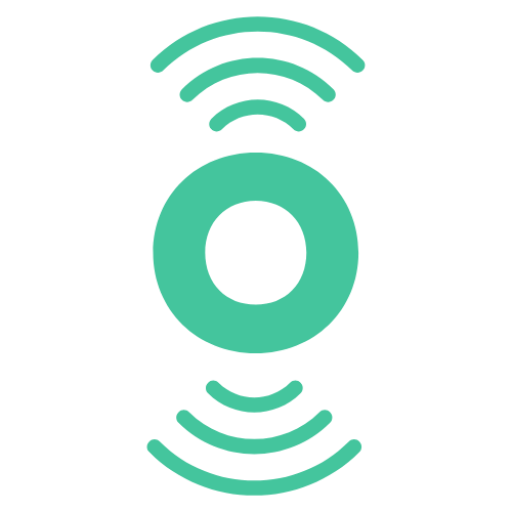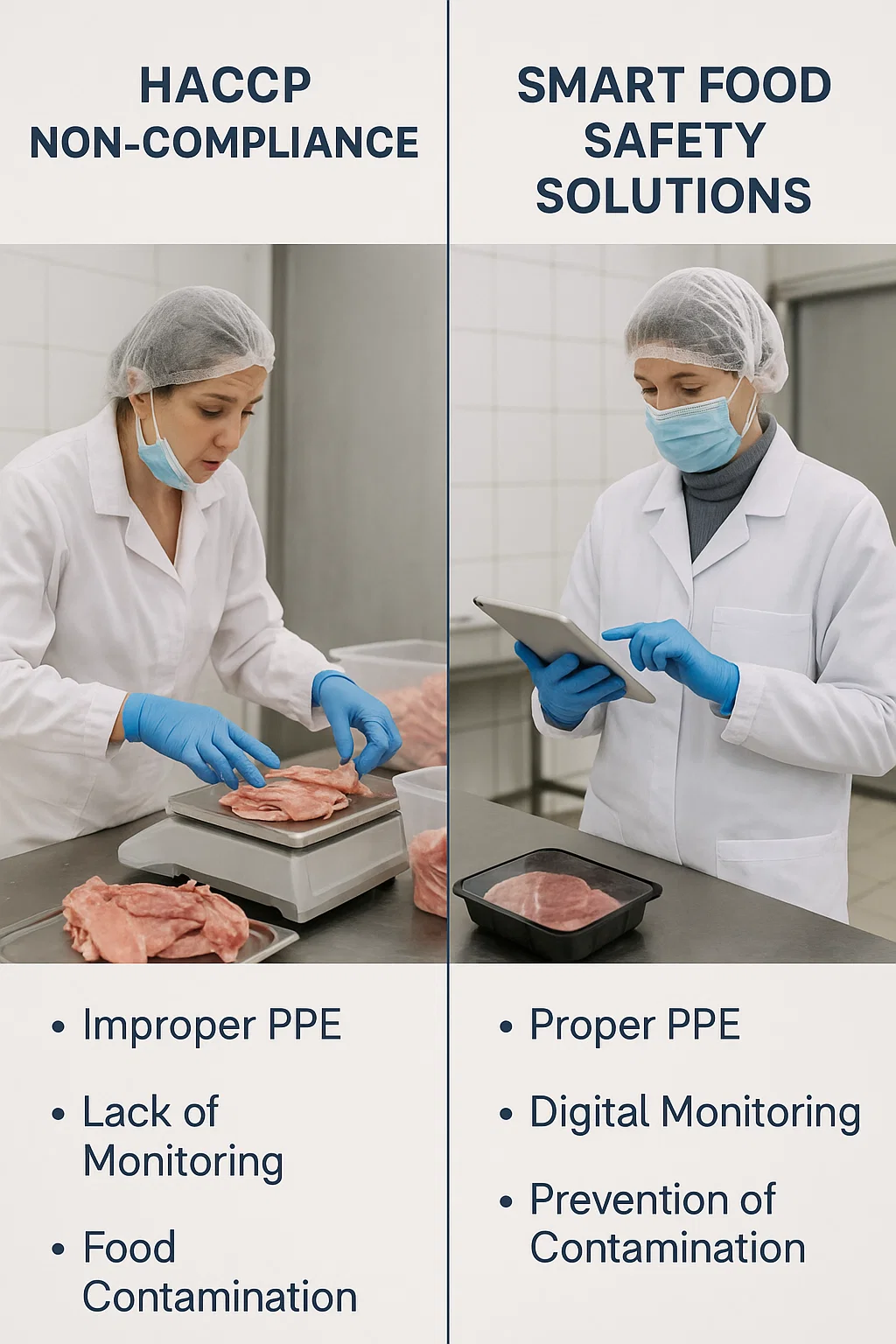HACCP Non-Compliance & Smart Food Safety Solutions
Imagine this: A thriving bakery receives a devastating call. One of their best-selling cream cakes has been linked to a foodborne illness outbreak. In minutes, their reputation , lovingly built over years , crumbles.
An investigation reveals the root cause: non-compliance with a critical temperature control point during cold storage. No ill intent. Just a single oversight. But the consequences? Massive.
This is the high-stakes world of HACCP , and where IoT steps in like a quiet hero.
First, What is HACCP?
HACCP stands for Hazard Analysis and Critical Control Points , a globally recognized system designed to identify, monitor, and prevent food safety hazards. From harvesting to packaging, it ensures every step in food production is safe, consistent, and compliant.
But here’s the catch: manual compliance is vulnerable to human error. A missed log. A forgotten sensor check. A busy staff member skipping routine documentation. One mistake can undo it all.
Enter IoT: Your Always Awake, Never Distracted Compliance Partner
IoT (Internet of Things) doesn’t sleep, forget, or guess. It collects and transmits real-time data 24/7 from various points in the production line.
Let’s break it down with a few real-world, creative examples:
Example 1: The Dairy That Dodged Disaster
A mid-size cheese plant in Wisconsin implemented wireless temperature and humidity sensors in their ripening rooms. One night, a cooling unit failed. Traditionally, the damage would be discovered the next morning , too late.
Instead, the IoT system sent an instant alert to the manager’s phone, who triggered a remote override and saved 12,000 pounds of aging cheddar. The cheese and the reputation stayed intact.
Example 2: Poultry Plant With a Digital Eye
A poultry processor in Thailand installed gas sensors to detect ammonia leaks and spoilage gasses near storage facilities. Combined with AI analysis, these sensors helped identify not just hazardous levels, but also subtle patterns indicating early-stage product degradation , long before it became a safety issue.
They went from reactive to predictive food safety.
Why IoT is a Game-Changer for HACCP Compliance
Live Monitoring – Track critical control points (CCPs) like temperature, humidity, pH, and gas levels in real-time.
Remote Access – View dashboards from anywhere. No more clipboards or guesswork.
Automated Alerts – Immediate warnings via SMS or app if something’s out of spec.
Tamper-Proof Logs – Digital records make audits smoother, and fraud nearly impossible.
Integration with ERP & QA Systems – Everything syncs. Fewer silos, more transparency.
The Cost of Non-Compliance
Food safety isn’t just about rules , it’s about lives, livelihoods, and trust.
When companies skip or struggle with HACCP compliance, the risks aren’t limited to fines or temporary closures. They include:
- Consumer health crises
- Legal liabilities
- Loss of certifications (like ISO 22000 or BRC)
- Brand damage that may never be repaired
IoT doesn’t just help with compliance , it proactively prevents crises.
So, Why Isn’t Everyone Doing This?
Some barriers still hold companies back:
Cost of implementation (though ROI is massive long-term)
Resistance to change from traditional methods
Concerns about data security
Integration challenges with legacy systems
But the trend is shifting. As tech becomes more affordable and user-friendly, smart food safety is becoming the norm , not the exception.
Final Thoughts: Future of Food Safety is Data-Driven
In a world where one viral video of a roach in a salad can tank a brand, there’s no room for guesswork.
IoT brings transparency, traceability, and trust to the food supply chain. It helps businesses not only meet HACCP standards but exceed them , confidently and continuously.
Because when it comes to food safety, the best outcome is the one where nothing goes wrong , and no one ever hears about it.

